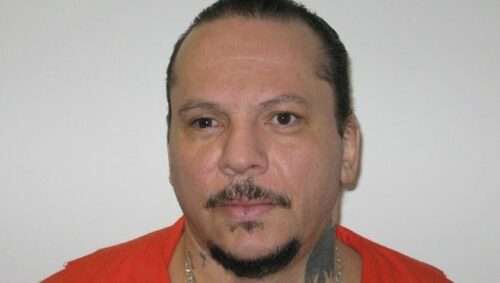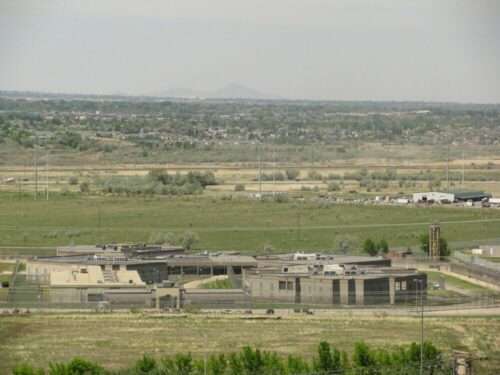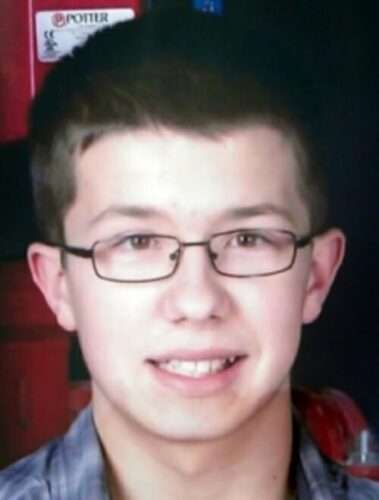Michael Archuleta Utah Death Row
Michael Archuleta was sentenced to death by the State of Utah for the murder of a young man. According to court documents Michael Archuleta and Lance Wood would pick up the victim, Gordon Ray Church, at a gas station on November 21, 1988. The victim would be raped and stuffed into the vehicle of the … Read more








